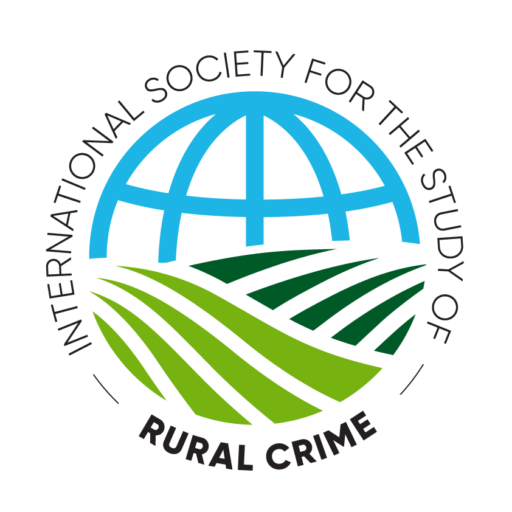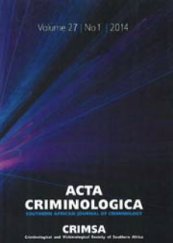2019 British Society of Criminology conferences – rural papers
The British Society of Criminology conference has just taken place in Lincoln, England (3 to 5 July 2019). A very simple search of the conference program for the word “rural” reveals four papers with a rural focus.
Gladkova, Ekaterina (Northumbria University)
“Farming intensification and environmental justice in Northern Ireland”
The paper applies an environmental justice perspective in considering “efficient” (intense) farming practices, and environmental risk to rural communities.
Matthews, Janeille Zorina (University of the West Indies)
“Activist criminology: Affecting public crime discourse to effect better policy”
This paper considers activist criminology ibn the context of a small Caribbean nation, noting that “as much of the existing literature on the social construction of crime is focused on larger urban and suburban spaces, few studies contemplate the experiences of smaller rural spaces or smaller developing countries”.
Morgan, Kirstin (Appalachian State University) and Williams, Marian (Appalachian State University)
“North Carolina assigned counsel fee reduction, caseloads, and outcomes”
This paper considers rural courts in North Carolina, observing that “rural courts often hear fewer cases than traditionally busier urban courts, however their proportional criminal justice resources are often lower, making them some of the most resource stressed courts.”
Scott, John (Queensland University of Technology)
“Criminology and islands”
As with others, this paper notes the high concentration of literature on urban settings at the exclusion of rural and remote places, and considers the emergence of an ‘island criminology’.

 Based in the
Based in the 
 Economic growth in India is supporting a growing construction boom
Economic growth in India is supporting a growing construction boom